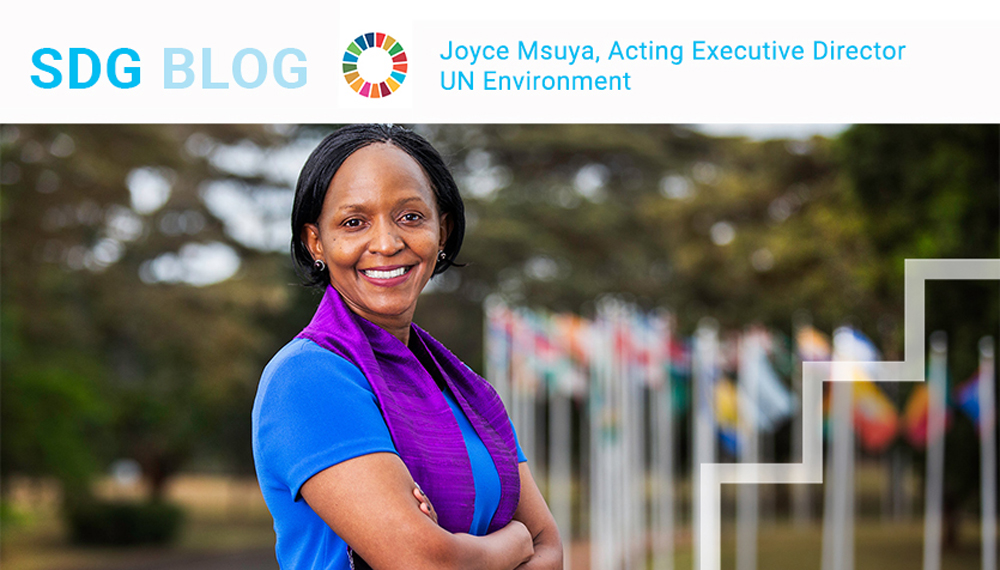Joyce Msuya
Acting Executive Director, UN Environment Programme
In India, a young entrepreneur is turning hundreds of tons of flower waste from temples into organic incense sticks, made by women. A simple, cost-effective innovation is helping generate employment, protecting our water bodies and encouraging more research into environment-friendly alternatives. In Burkina Faso, an initiative to repurpose plastic waste into clothes and other items has reduced plastic waste in dumpsites in the city of Koudougou by one-third and improved sanitation.
We have just concluded a record-breaking UN Environment Assembly in Nairobi. Close to 5,000 delegates from more than 170 countries demonstrated a global political will to urgently tackle environmental challenges including the need to transform the environmental footprints of the world’s consumers and to promote the kinds of innovations I have outlined in India and Burkina Faso.
These innovations challenge the very basis of how we treat our planet. We can no longer grow now and clean up later. We have reached the planet’s limits and, as the UN Secretary-General recently reminded us, we simply cannot negotiate with nature.
But innovations also represent some good news. When we “circle back” and see value in what we discard, everybody wins: we protect nature, build livelihoods and improve the health of people. In 2017, humanity used an estimated 90 billion tons of resources. More than 50 per cent of that was dispersed or emitted as waste, while less than 10 per cent was cycled back into the economy.
The food we waste every year, due to damp warehouses, delayed shipments, or consumers who forget their leftovers in the back of the fridge – is enough to feed the world’s hungry four times over. That’s no small matter, given that we’ll probably have another two billion mouths to feed by 2050.
Our piles of discarded smartphones, washing machines, televisions and batteries contain valuable caches of copper, silver, gold, palladium, and other precious resources. But in harvesting this valuable resource, we can generate less carbon emissions than compared to mining the earth for fresh minerals.
And thanks to some innovative thinkers, ocean plastic is now a viable raw material that’s being used to make everything from boats, running shoes, sunglasses, skateboards to carpet tiles.
If countries deliver on all that was agreed in Nairobi and implement the resolutions, we could take a big step towards a new world order where we no longer grow at the expense of nature but instead see people and planet thrive together.
Someone very wise once said, “the best way to predict the future is to create it.”
So, what does this mean practically for us? It means altering consumption habits and confronting conundrums like the fact that meat and dairy products use an overwhelming majority of farmland but constitute only a fraction of the calories we consume. It means governments investing heavily in sustainable solutions that restore nature and regenerate the biosphere. It means consumers holding companies accountable to invest in better and sustainable materials, processes and infrastructure. And it means being kinder to the environment in how we extract resources from nature.
Science has sounded a red alert and painted a future that we simply do not want. 2019 is a year of both urgency and opportunity and chance for all of us to transform the planet!
 Welcome to the United Nations
Welcome to the United Nations


